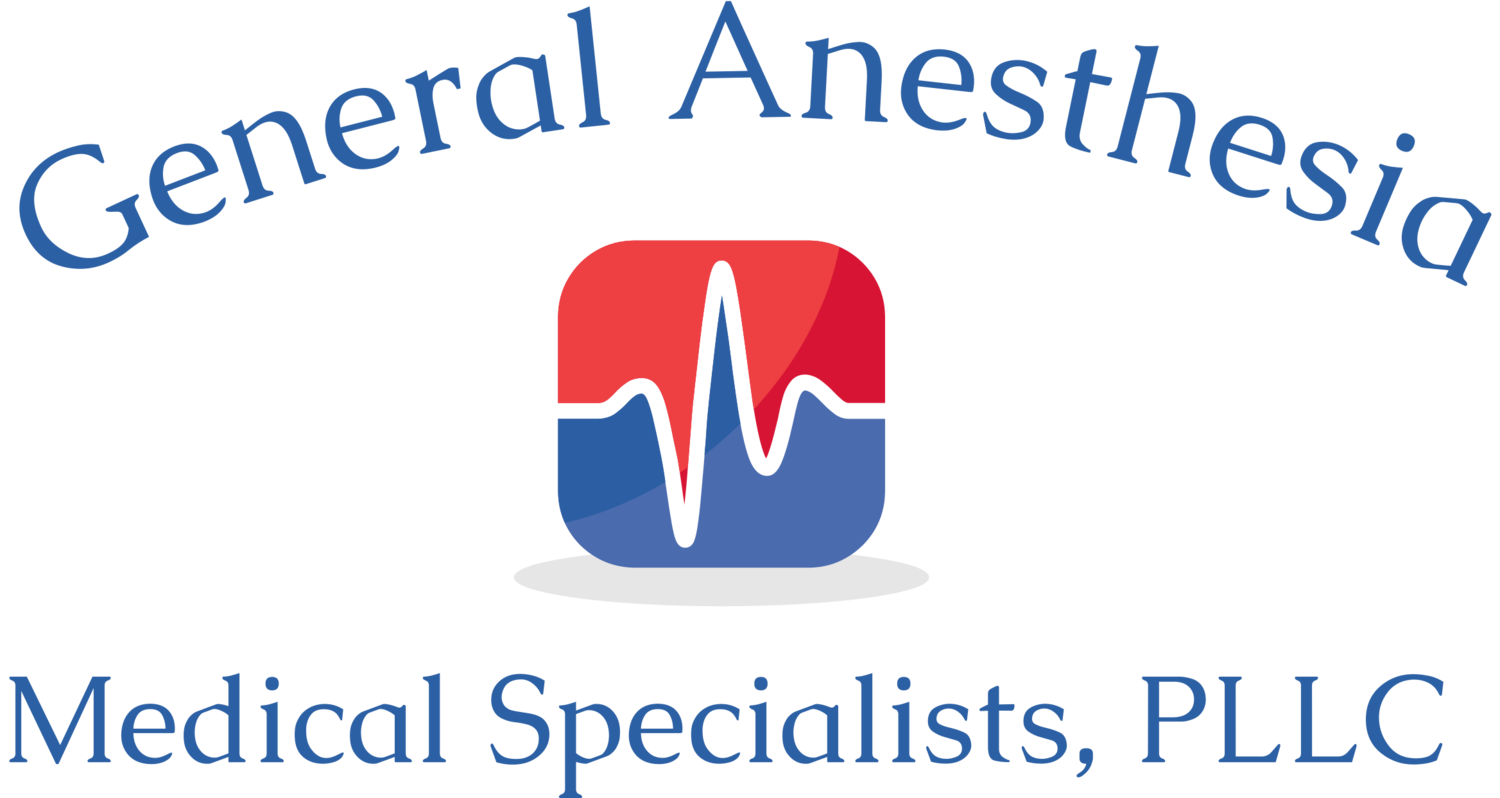
For Patients
FAQ
Learn more about anesthesia and how to prepare for upcoming procedures:
+ How do I prepare for surgery & anesthesia?
Before your surgery your anesthesiologist will call you and let you know when to stop eating and drinking, and whether to continue or discontinue your current daily medications. He/she will go over your medical history and answer all of your questions and concerns. It is a good idea to write your questions down, so they are sure to be addressed. This will help alleviate any concerns you may have. You will need someone to drive you home from your procedure.
+ How will type of anesthesia be selected?
Your anesthesia needs are determined by your medical condition as well as by the operation being performed. Your anesthesiologist will consult with your treating physicians to determine the type of anesthesia that will best suit your personal needs. These options will be discussed with you during your preoperative interview.
+ What must I do as the patient?
Be honest. The best way for your anesthesiologist to keep you safe is to have all the facts including, but not limited to: Current medications Medical history Your height and weight Past experiences with anesthesia for surgery or diagnostic procedures Your average use of alcohol, cigarettes, controlled substances and other drugs
Types of Anesthesia
The same types of anesthesia techniques used in hospitals and ambulatory surgical centers are used in office-based practice surgery facilities. These include:
+ Local Anesthesia
Numbs a small area of the body for localized surgery. An example might be a dermatologist removing a mole.
+ Monitored Anesthesia or Sedation / Analgesia:
The patient receives medications that relieve pain and make the patient drowsy, while the patient breathes spontaneously. During surgery, the patient's vital signs, including heart rate, blood pressure and oxygen level, will be monitored closely in order to avoid sudden changes or complications.
+ Regional Anesthesia
This may include spinal blocks, epidural blocks or extremity blocks. Spinal and epidural blocks involve interrupting sensation from the legs or abdomen by injecting local anesthetic medication in or near the spinal canal. Other blocks can be performed for surgery of your extremities, or limbs, blocking sensation to the arms or legs.
+ General Anesthesia
Involves the total loss of consciousness, pain sensation and protective airway responses. The patient may breath spontaneously or breathing may be controlled with the assistance of a ventilator during surgery. This choice is used traditionally for more complicated surgical procedures, or procedures where a greater level of anesthesia is required for a safe outcome.
